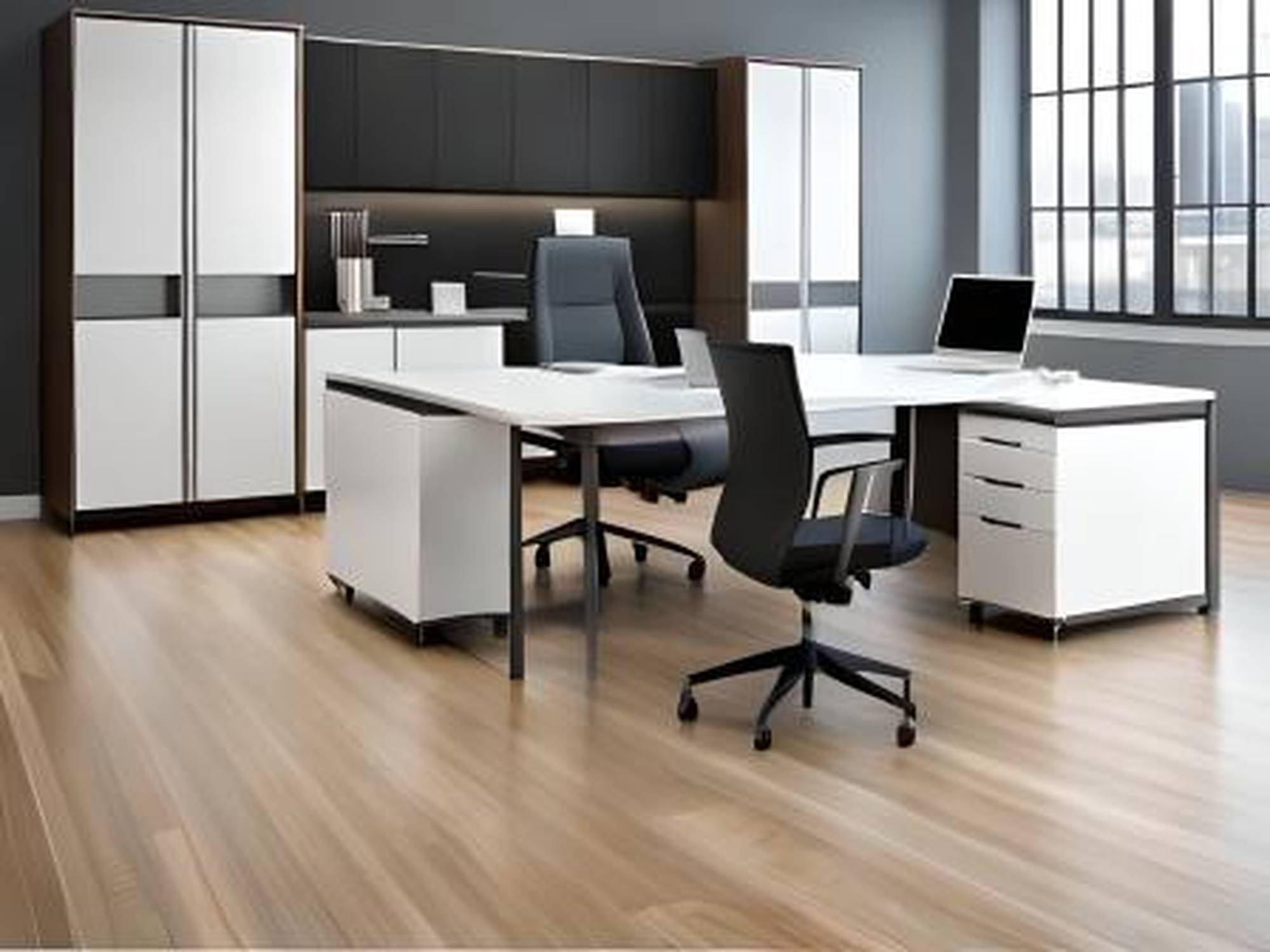
Office Furniture: Designing Productive Workspaces
Introduction
The significance of a well-designed and appropriately furnished office space cannot be emphasized in today's fast-paced business world. The culture, productivity, and environment of the workplace are all shaped by office furniture, which serves more purposes than merely being functional. This extensive book will thoroughly examine the art and science of office furniture, showing the key components for creating a workstation that fosters innovation, teamwork, and comfort.
The Power of Ergonomics: Putting Employee Well-Being First
Any effective design of office furniture is based on the ergonomics principle. Designing ergonomic furniture keeps workers comfortable and productive all day long by taking into account the natural movements of the human body. Workstations with height adjustments, keyboard trays that encourage neutral wrist postures, and adjustable chairs with lumbar support are just a few examples of ergonomic furniture that can enhance employee comfort and lower the risk of pain and damage.
Balancing aesthetics and functionality is key:
The time when workplace furniture was solely practical is long gone. Designing offices with aesthetics in mind has become crucial. Your workstation may look amazing and inspire you by utilizing the appropriate materials, colors, and textures. A workspace that is not only beautiful but also functional can be created by a harmonious fusion of aesthetics and utility.
Zones of Collaboration: Promoting Interaction and Creativity
The necessity of collaboration and teamwork is emphasized in today's office dynamics. As a result, specialized collaboration zones are now included in office furniture design. Flexible seating arrangements, writing surfaces, and technological integration are available in these zones to promote brainstorming sessions and impromptu meetings. Collaborative furniture generates a sense of community and stimulates the interchange of ideas, which drives organizational innovation.
Eco-Friendly Office Furniture Is Growing in Popularity
Sustainable office furniture has gained tremendous appeal in an era when environmental concerns are at the forefront. Businesses are increasingly choosing furniture from recyclable materials, responsibly sourced wood, and environmentally friendly coatings. This not only demonstrates business social responsibility, but it also provides a better indoor atmosphere for employees. Sustainable furniture not only benefits the environment but also helps a company's image.
The Flexibility Factor: Multifunctional and Adaptable Furniture
Successful office furniture design emphasizes adaptability. Flexible and multi-functional furniture optimizes space while accommodating the changing needs of a dynamic workforce. Furniture such as modular workstations, transportable storage units, and flexible barriers can modify a room to accommodate a variety of activities ranging from concentrated solo work to collaborative group conversations.
Personalized Workstations: Meeting Individual Needs
Personalized workstations are becoming more popular as employers recognize their employees' different needs. Employees can personalize their workstations with customizable furniture, increasing comfort and happiness. The trend shows that a happy and empowered employee is a more productive employee.
Last but not least, office furnishings can be used to create a space that reflects the ideals of the business, promotes employee happiness, and spurs innovation.
Organizations may design exciting and efficient offices by adopting ergonomic principles, blending beauty with functionality, fostering collaboration, and prioritizing sustainability. Remember that the correct office furniture is an investment in your company's success, not just its appearance.
